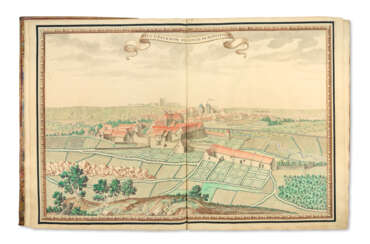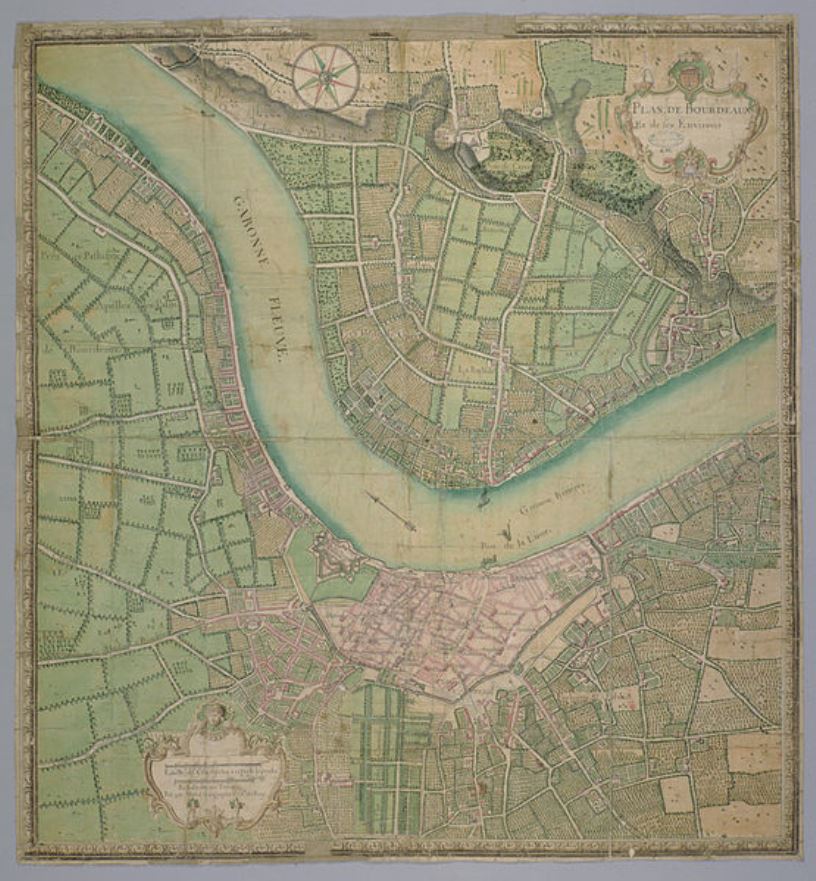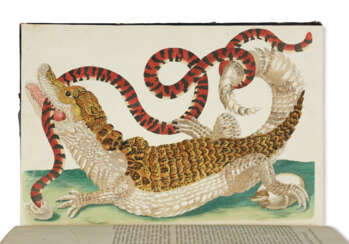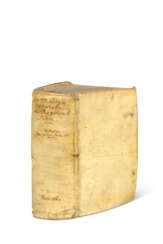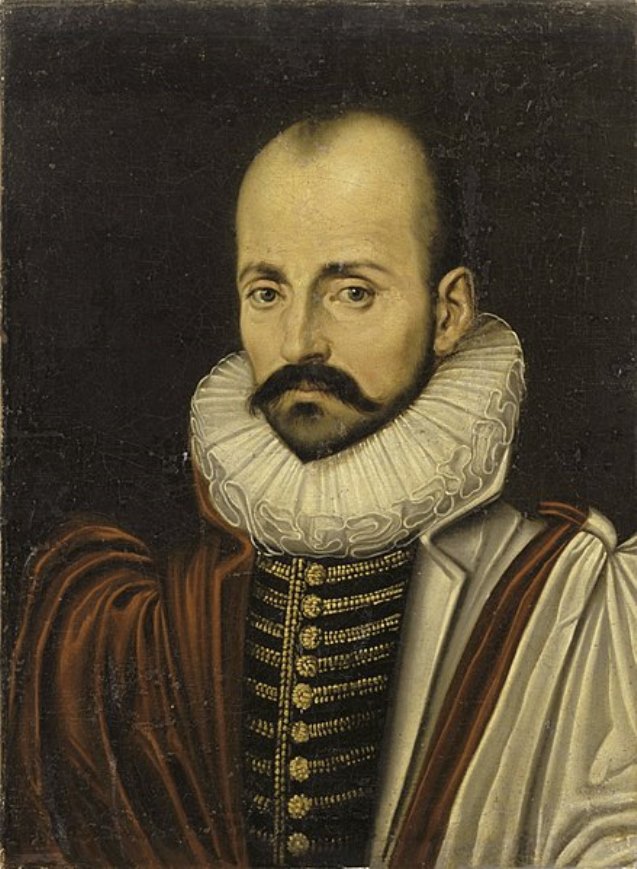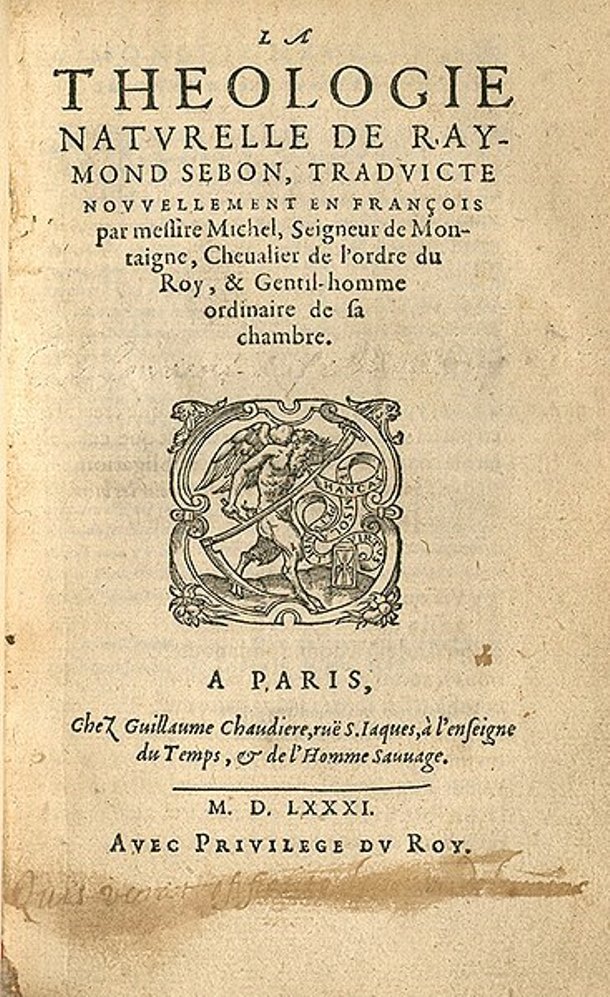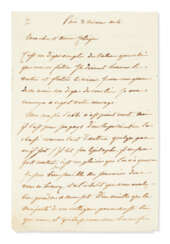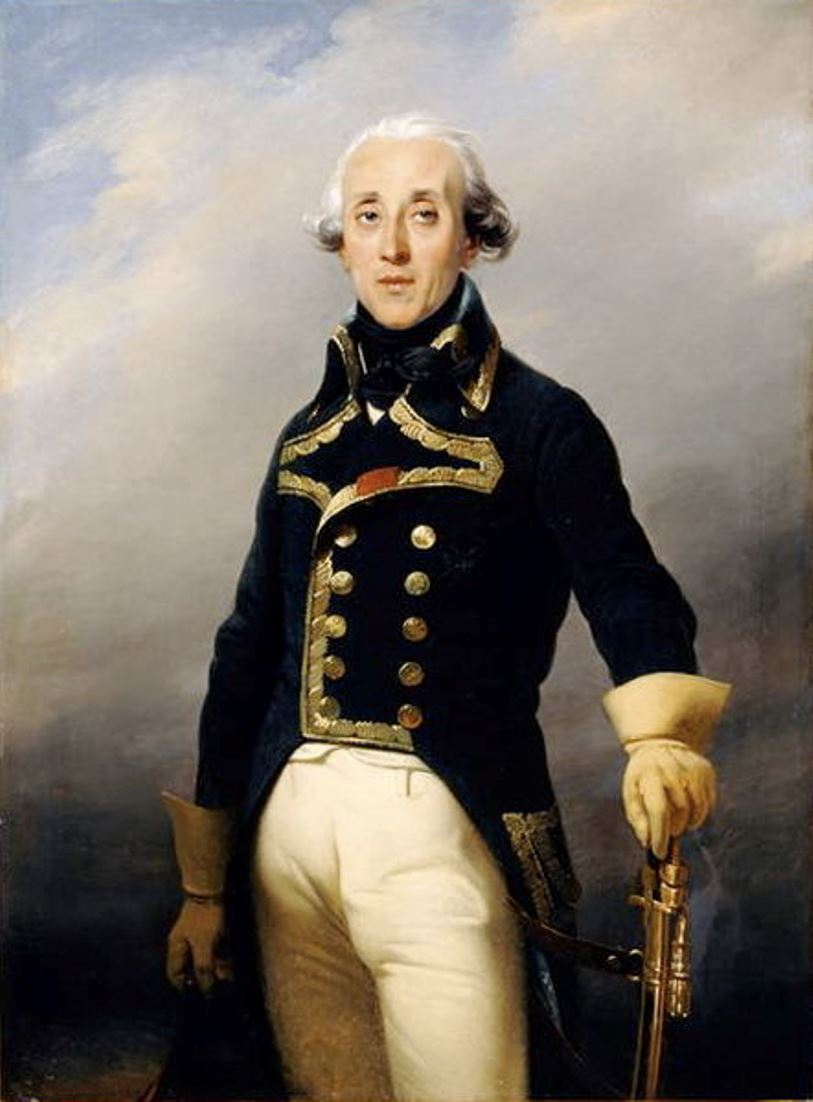
Livres rares et Manuscrits
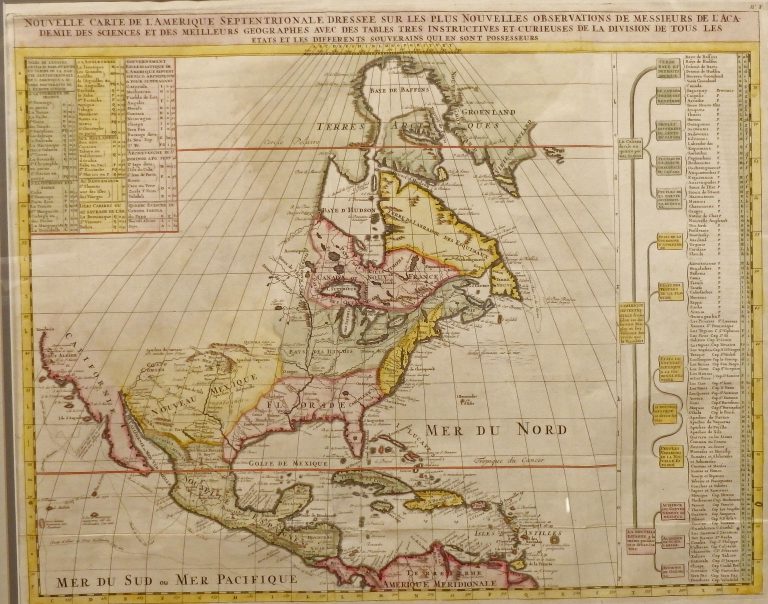
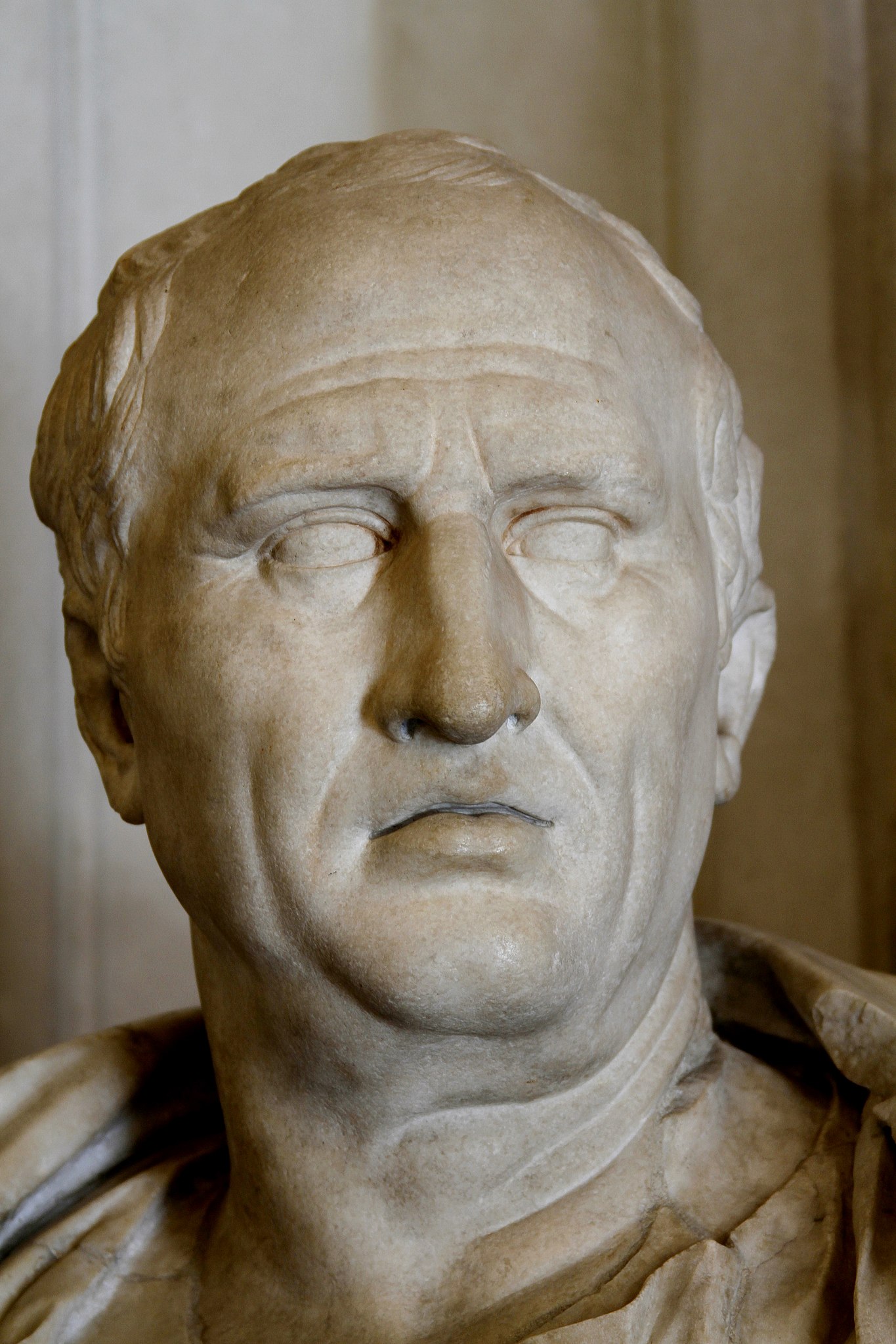
Marcus Tullius Cicero was a Roman statesman, lawyer, scholar, philosopher, and academic skeptic, who tried to uphold optimate principles during the political crises that led to the establishment of the Roman Empire. His extensive writings include treatises on rhetoric, philosophy and politics. He is considered one of Rome's greatest orators and prose stylists. He came from a wealthy municipal family of the Roman equestrian order, and served as consul in 63 BC.
His influence on the Latin language was immense. He wrote more than three-quarters of extant Latin literature that is known to have existed in his lifetime, and it has been said that subsequent prose was either a reaction against or a return to his style, not only in Latin but in European languages up to the 19th century. Cicero introduced into Latin the arguments of the chief schools of Hellenistic philosophy and created a Latin philosophical vocabulary with neologisms such as evidentia, humanitas, qualitas, quantitas, and essentia, distinguishing himself as a translator and philosopher.
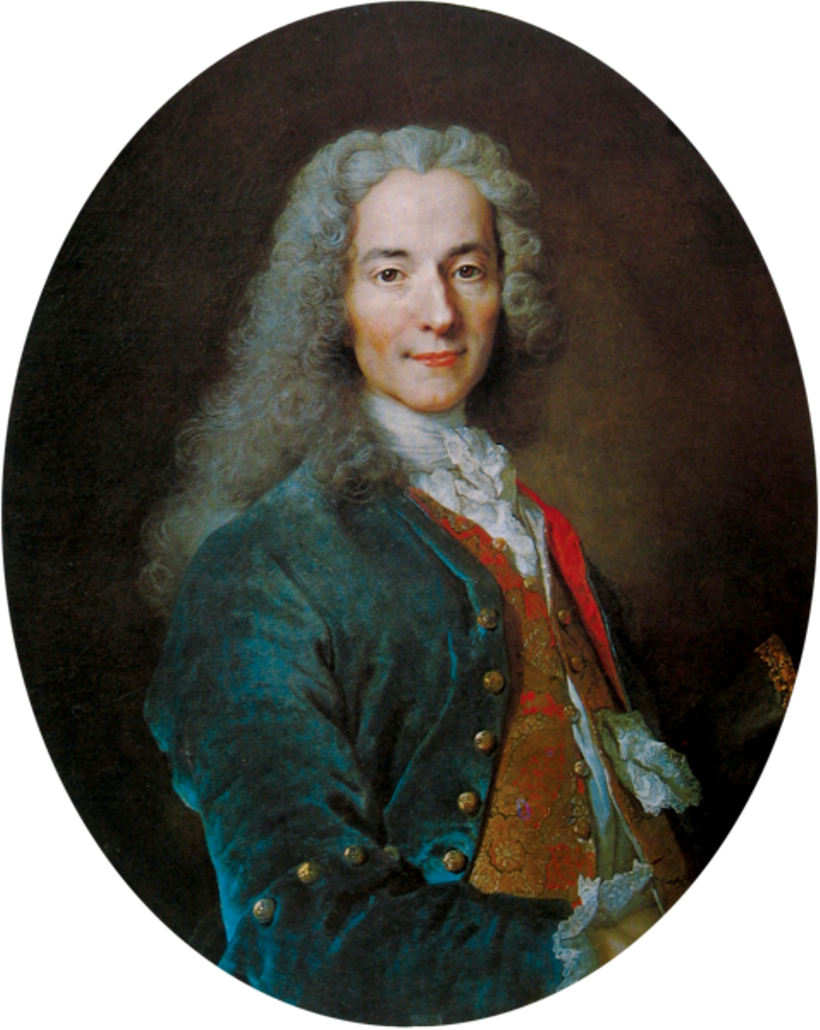
Voltaire, born François Marie Arouet, was a French philosopher-enlightener of the French Enlightenment, poet and writer, satirist, tragedian, historian and essayist.
Voltaire's long life fell on the last years of classicism and the eve of the revolutionary era, and in this transitional period his works and activities had a significant impact on the direction of European civilization. Through his critical freethinking and wit, Voltaire won the minds of many 18th century European rulers. To this day, he continues to enjoy worldwide fame as a courageous fighter against tyranny, bigotry, and cruelty.
Voltaire was an advocate of freedom of speech, freedom of religion and separation of church and state. He was a versatile and prolific writer in all literary forms, including plays, poems, novels, essays, histories, and scholarly expositions. In total, he wrote more than 20,000 letters and 2,000 books and pamphlets. Voltaire's most famous works are the tragic play Zaire, the historical study The Age of Louis XIV, and the satirical novella Candide.
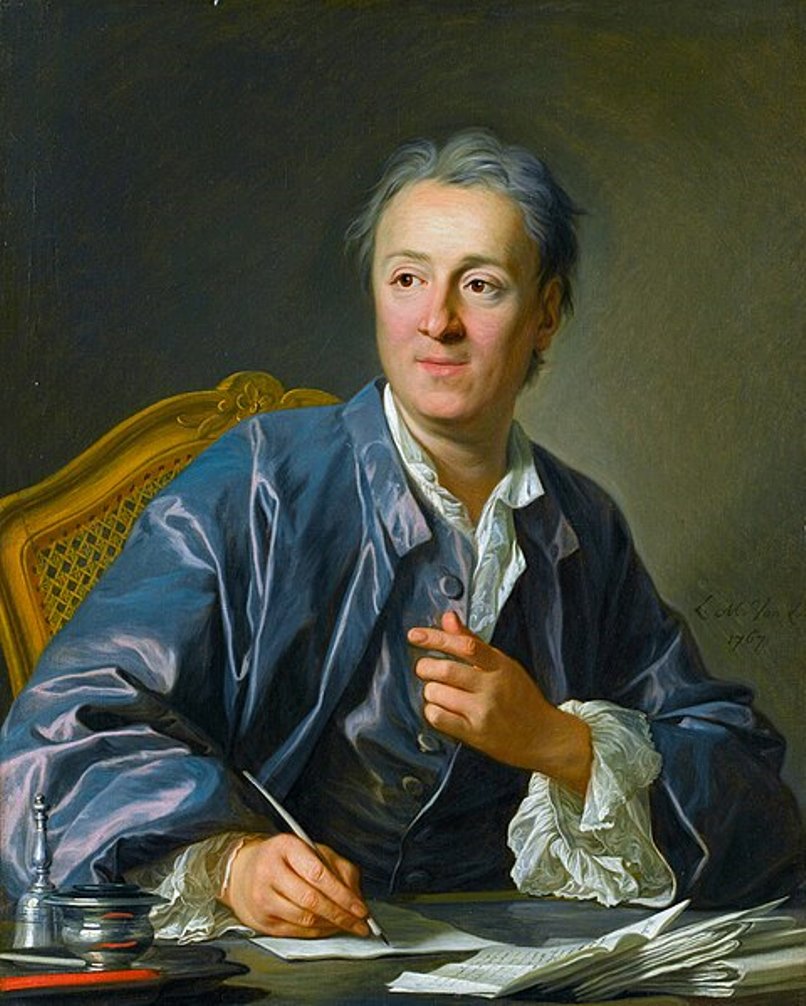
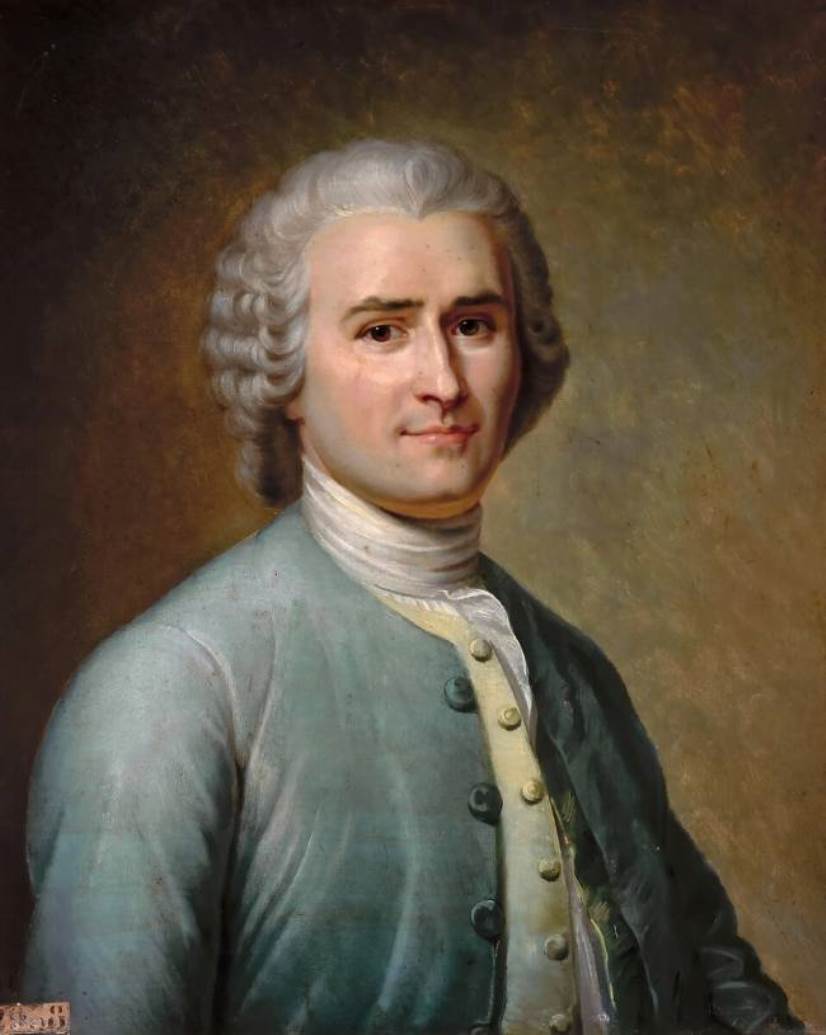
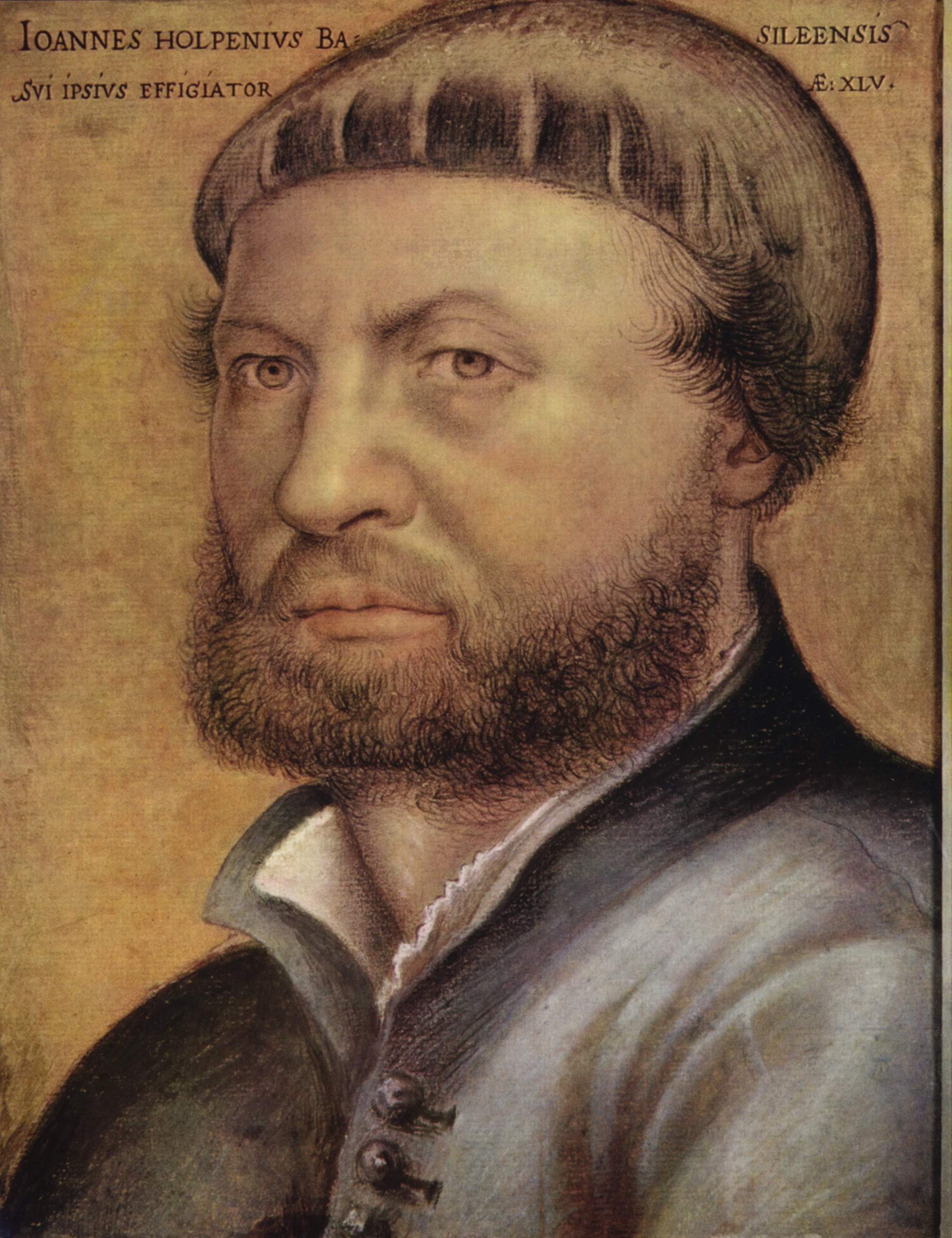
Hans Holbein the Younger was a German-Swiss painter and printmaker who worked in a Northern Renaissance style, and is considered one of the greatest portraitists of the 16th century. He also produced religious art, satire, and Reformation propaganda, and he made a significant contribution to the history of book design. He is called "the Younger" to distinguish him from his father Hans Holbein the Elder, an accomplished painter of the Late Gothic school.
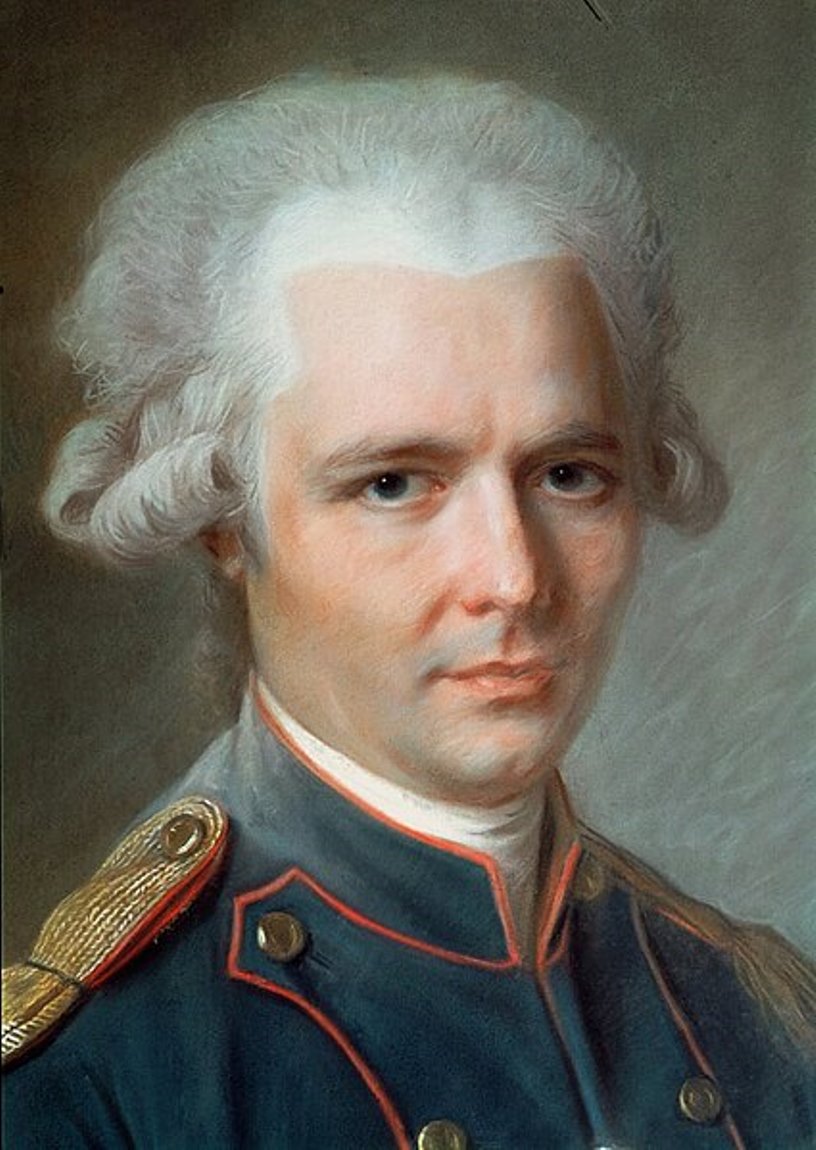
Pierre Choderlos de Laclos, full name Pierre Ambroise François Choderlos de Laclos, was a French politician, inventor, military leader, and writer.
De Laclos initially pursued a military career, but soon abandoned it, deciding that he would achieve greater fame by becoming a writer. He wrote poetry, erotic stories. His first novel "Dangerous Liaisons" (Les Liaisons dangereuses, 1782) immediately made a great impression and caused a mixed reaction in society. This is one of the masterpieces of novelistic literature of the XVIII century, which describes the love affairs of the aristocracy. On its motives, a large number of commentaries were later written, plays were staged and movies were filmed.
Later, Pierre Choderlot de Laclos worked for some time as secretary to the Duke of D'Orleans, writing several treatises on military and political topics. And in 1792 he again joined the army, where under Napoleon he rose to the rank of general, participated in the Rhine and Italian campaigns.
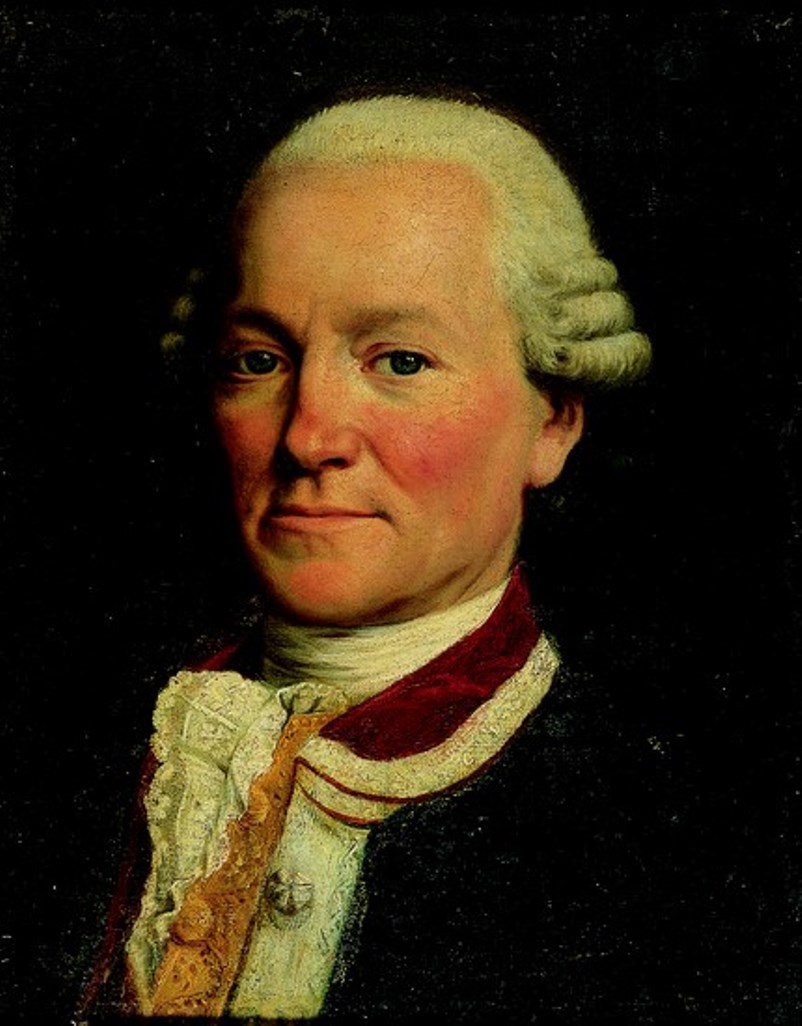
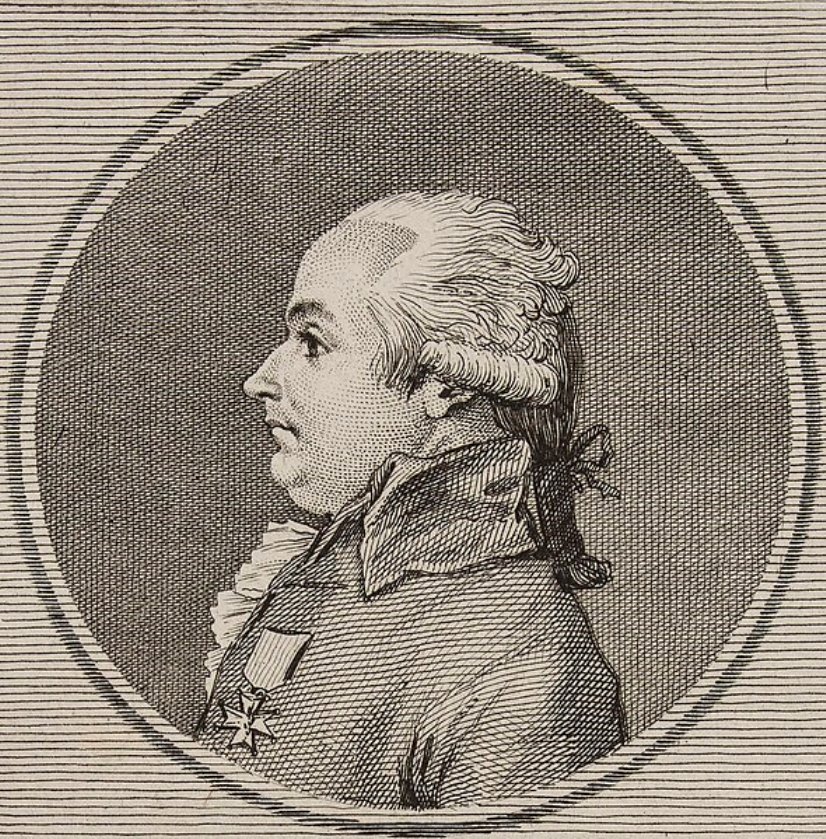
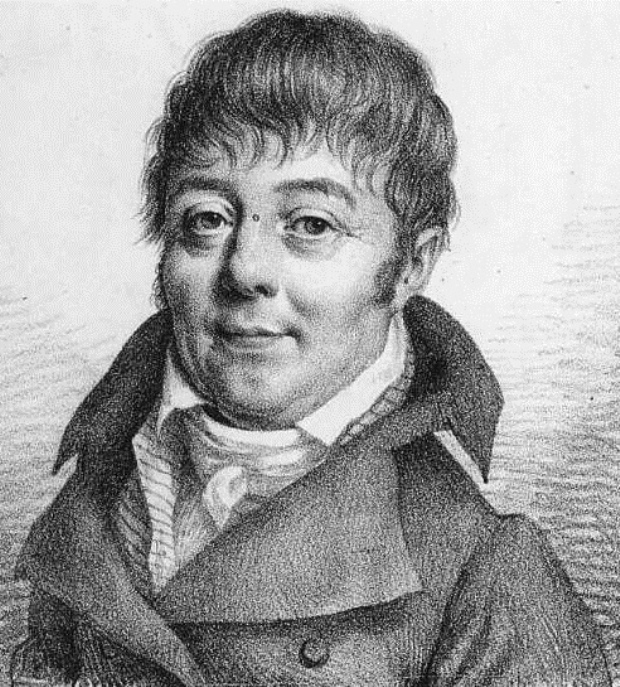

Hans Holbein the Younger was a German-Swiss painter and printmaker who worked in a Northern Renaissance style, and is considered one of the greatest portraitists of the 16th century. He also produced religious art, satire, and Reformation propaganda, and he made a significant contribution to the history of book design. He is called "the Younger" to distinguish him from his father Hans Holbein the Elder, an accomplished painter of the Late Gothic school.
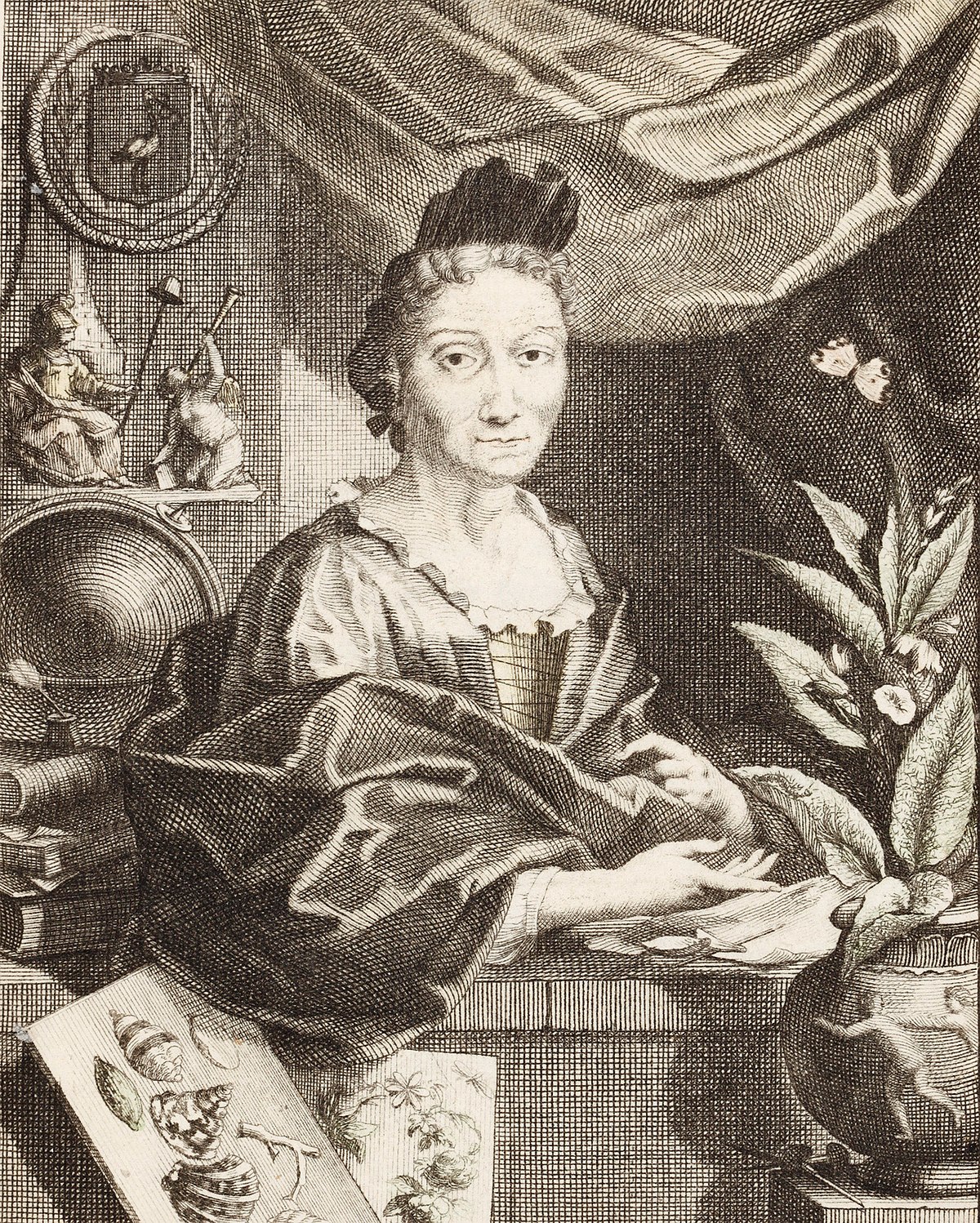
Maria Sibylla Merian was a German-born naturalist and artist renowned for her contributions to entomology and botanical art. Born in Frankfurt am Main in 1647, Merian gained recognition for her detailed studies and illustrations of insects and plants, focusing on their life cycles and metamorphosis, which significantly advanced the field of entomology.
Maria Sibylla Merian's journey into the world of natural history began in her hometown of Frankfurt, where she started studying insects, particularly their metamorphosis. Her marriage to Johann Andreas Graff, an artist's apprentice, eventually took her to Nuremberg, where she continued her work and published her findings. Despite personal challenges, including an unhappy marriage, Merian's dedication to her studies remained unwavering.
A pivotal moment in Merian's life was her association with the Labadist community, where she delved deeper into her studies. Her time with the Labadists in Friesland allowed her to study a variety of species, further enriching her scientific endeavors. Merian's relentless pursuit of knowledge eventually led her to Amsterdam, a hub of scientific inquiry and trade, where she was exposed to a vast array of specimens from across the globe.
Maria Sibylla Merian's most ambitious expedition was to Suriname in South America, where she studied and documented the region's diverse flora and fauna. Her observations and illustrations from this expedition were groundbreaking, providing valuable insights into the natural world. Merian's works, including her detailed engravings and illustrations, not only captivate with their beauty but also serve as valuable scientific records. Her legacy is preserved in institutions like the National Museum of Women in the Arts, which houses some of her remarkable engravings.
Maria Sibylla Merian's life and work exemplify the profound impact of combining art and science, leaving an indelible mark on both fields. Her dedication to observing and documenting the natural world continues to inspire scientists and artists alike.
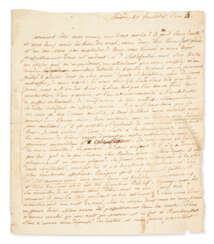


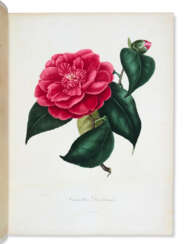


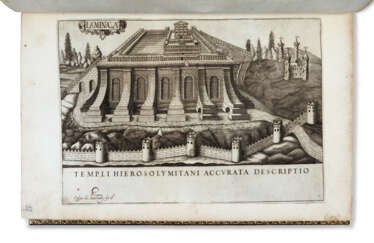

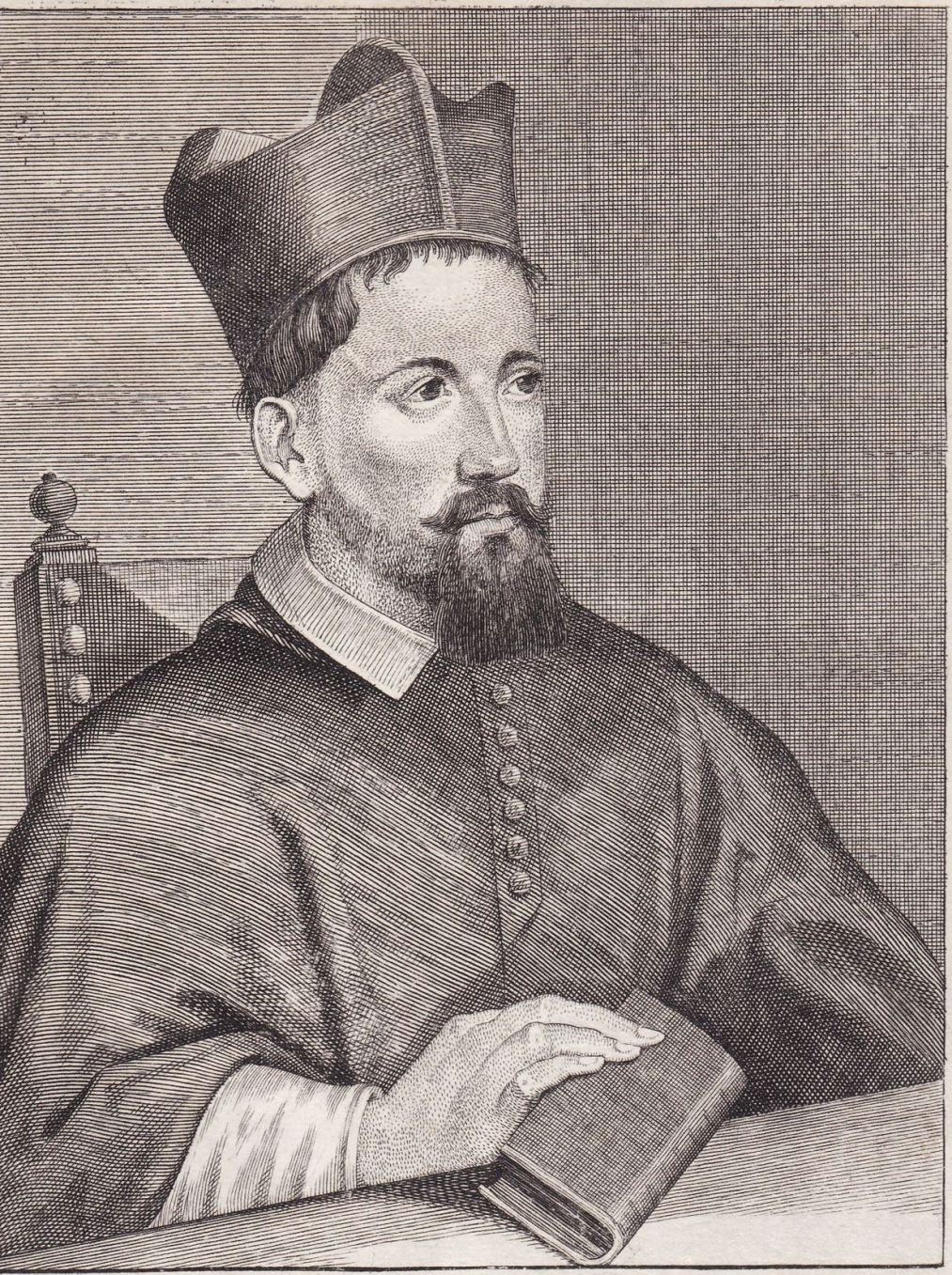
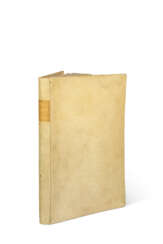


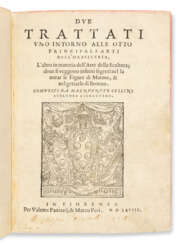


![[CHÂTELAIN, Henri Abraham (1684-1743)] - GUEUDEVILLE, Nicolas (1652-1721)](/assets/image/picture_4259515/7ac8d/aqv1gs1gxa9u40rnel2rdnl6yu1mj8xfm5h2g2zftlluocapjojit3tfjfjk7b1729407872jpg__fix_374_244.jpeg)
![[CHÂTELAIN, Henri Abraham (1684-1743)] - GUEUDEVILLE, Nicolas (1652-1721)](https://veryimportantlot.com/assets/image/picture_4259515/7ac8d/aqv1gs1gxa9u40rnel2rdnl6yu1mj8xfm5h2g2zftlluocapjojit3tfjfjk7b1729407872jpg__fix_374_244.jpeg)
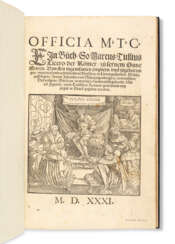

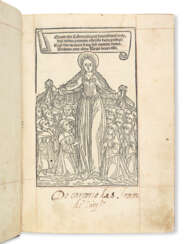


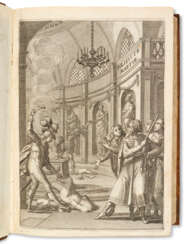

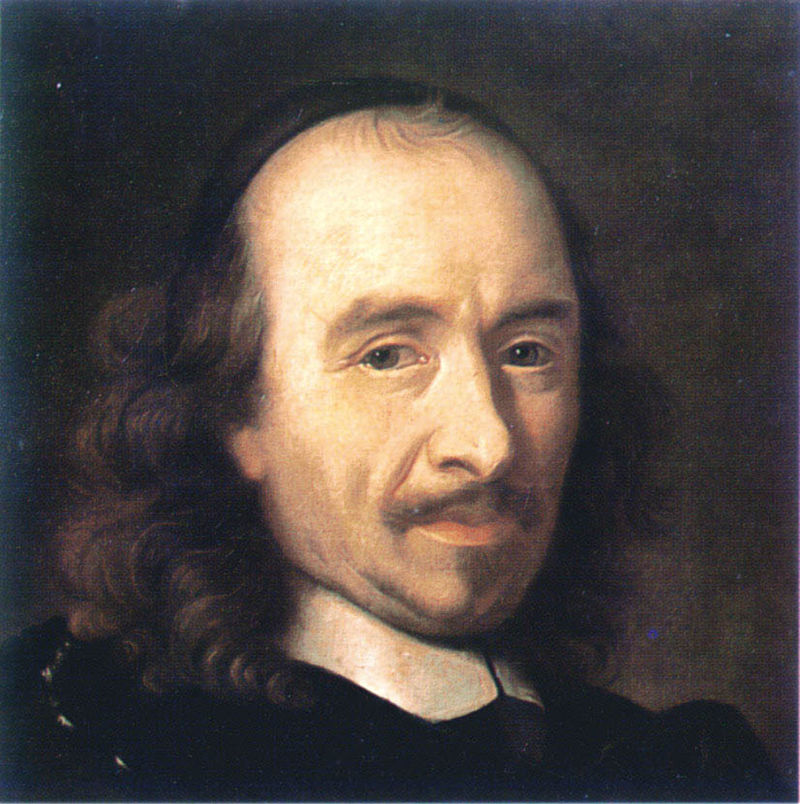
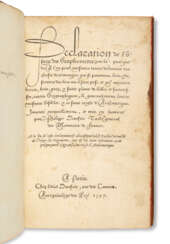


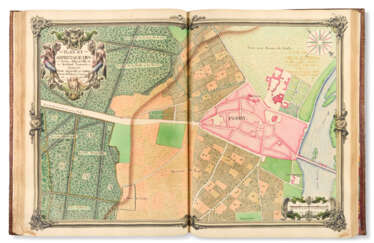


![[DIDEROT, Denis (1713-1784)]](/assets/image/picture_4257769/4e777/bfca2464bb99c93347594ab51a1352981729065600jpg__fix_374_244.jpeg)
![[DIDEROT, Denis (1713-1784)]](https://veryimportantlot.com/assets/image/picture_4257769/4e777/bfca2464bb99c93347594ab51a1352981729065600jpg__fix_374_244.jpeg)
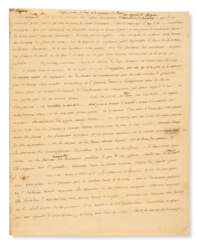

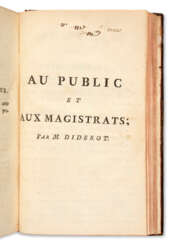

![[FÉNELON, Francois de Salignac de la Mothe (1651-1715)] - Jean-Guillaume MOITTE (1764 - 1810)](/assets/image/picture_4257778/ce267/822212ecb2f8da38212e43b0c46a07d31729065600jpg__fix_374_244.jpeg)
![[FÉNELON, Francois de Salignac de la Mothe (1651-1715)] - Jean-Guillaume MOITTE (1764 - 1810)](https://veryimportantlot.com/assets/image/picture_4257778/ce267/822212ecb2f8da38212e43b0c46a07d31729065600jpg__fix_374_244.jpeg)
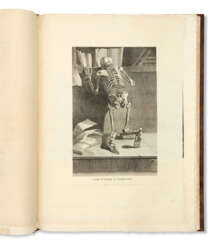

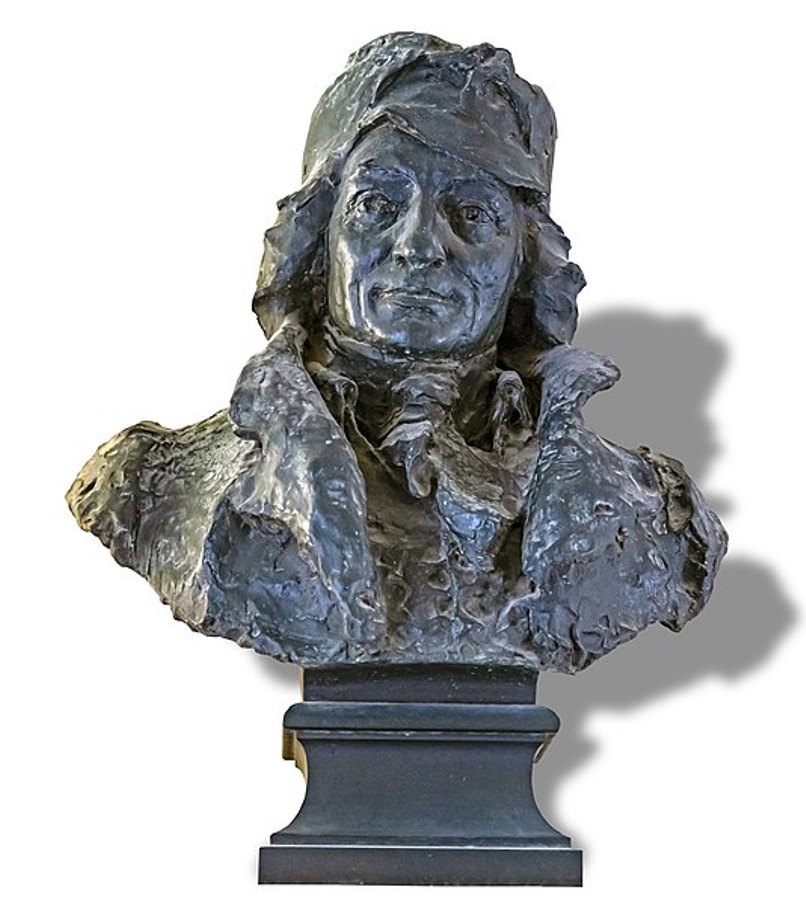
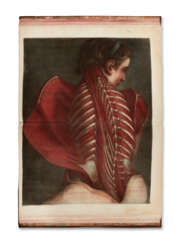

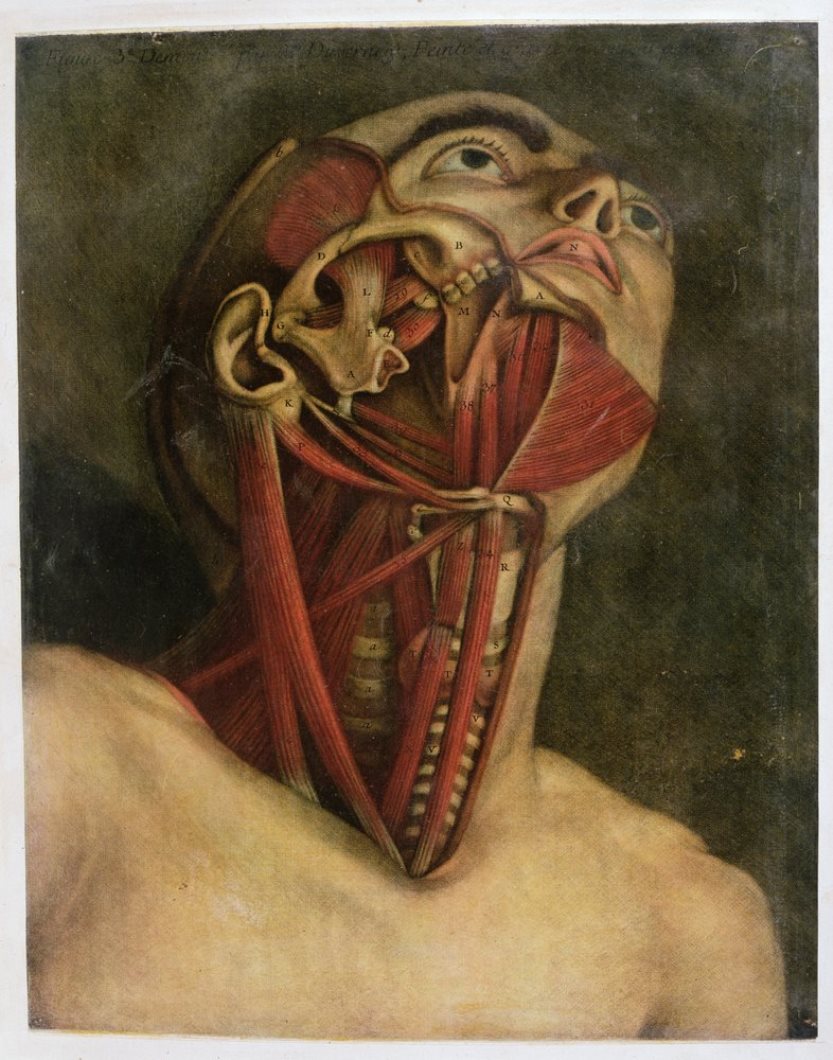
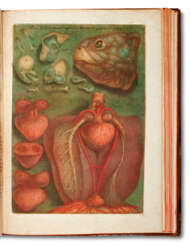

![[HOLBEIN LE JEUNE, Hans (c. 1497-1543)]](/assets/image/picture_4259558/f7542/c8okmvld6jz1abmo97qcr6yfqw5lvverhqj8gzunuroa2w0fbht5bwcidnsfiz1729408270jpg__fix_374_244.jpeg)
![[HOLBEIN LE JEUNE, Hans (c. 1497-1543)]](https://veryimportantlot.com/assets/image/picture_4259558/f7542/c8okmvld6jz1abmo97qcr6yfqw5lvverhqj8gzunuroa2w0fbht5bwcidnsfiz1729408270jpg__fix_374_244.jpeg)
![[LACLOS, Pierre CHODERLOS de (1741-1803)]](/assets/image/picture_4257800/7113e/63e78d46615ac0577b3cd7cca92f5f7f1729065600jpg__fix_374_244.jpeg)
![[LACLOS, Pierre CHODERLOS de (1741-1803)]](https://veryimportantlot.com/assets/image/picture_4257800/7113e/63e78d46615ac0577b3cd7cca92f5f7f1729065600jpg__fix_374_244.jpeg)
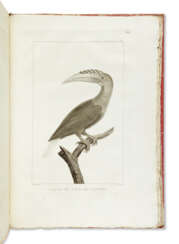

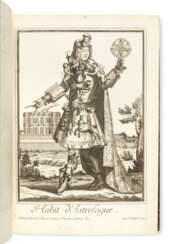

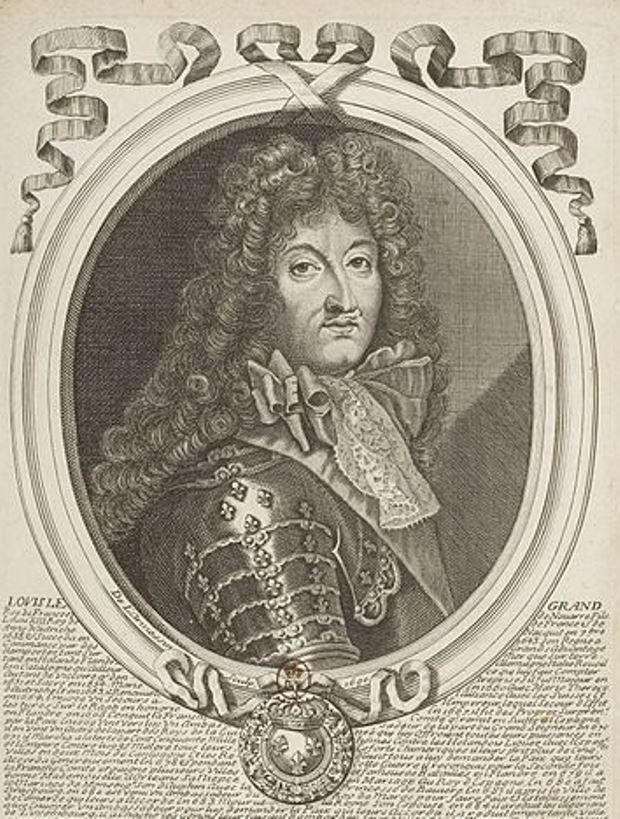
![[LE BLOND, Guillaume (1704-1781)]](/assets/image/picture_4259579/26fa6/deypd9fzb01ta3y09mibbm3erkbwgo5xfqtbg5pwadsnmu0w-slarubmu9c07ybp1729408737jpg__fix_374_244.jpeg)
![[LE BLOND, Guillaume (1704-1781)]](https://veryimportantlot.com/assets/image/picture_4259579/26fa6/deypd9fzb01ta3y09mibbm3erkbwgo5xfqtbg5pwadsnmu0w-slarubmu9c07ybp1729408737jpg__fix_374_244.jpeg)
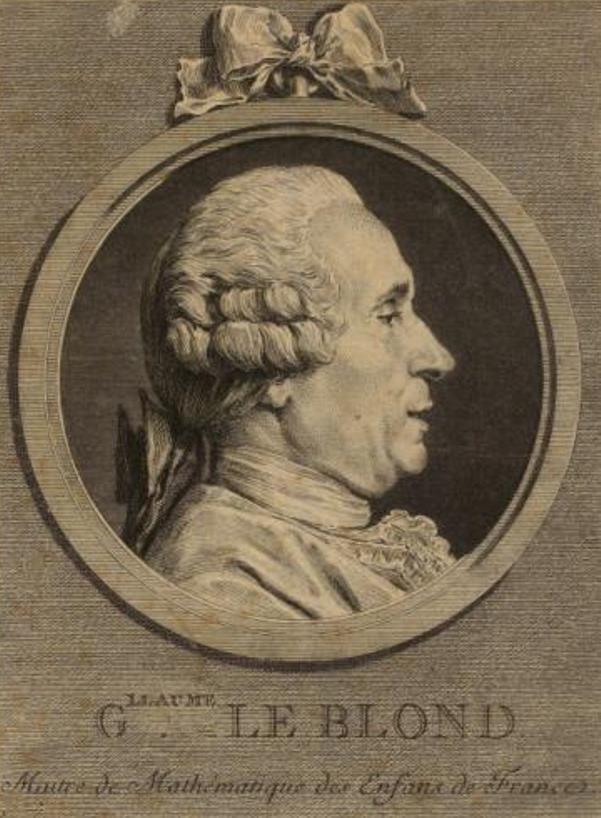
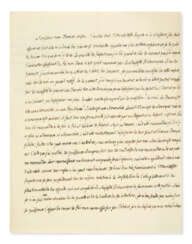


![[LUTHER, Martin (1483-1546) et Hans HOLBEIN LE JEUNE (1497-1543)]](/assets/image/picture_4259584/4c4eb/3kd5xdxacqau4prgw6y1t5z6soba3uzal9wflgdoxiuf7gnfilk7wkak9f9moah1729408928jpg__fix_374_244.jpeg)
![[LUTHER, Martin (1483-1546) et Hans HOLBEIN LE JEUNE (1497-1543)]](https://veryimportantlot.com/assets/image/picture_4259584/4c4eb/3kd5xdxacqau4prgw6y1t5z6soba3uzal9wflgdoxiuf7gnfilk7wkak9f9moah1729408928jpg__fix_374_244.jpeg)
![[MAINTENON, Françoise d'Aubigné, dite Madame de (1635-1719)]](/assets/image/picture_4259589/e2147/gpyvegutroc8ltqnhdd82qahkcet3iikdexl6cmnkufwvomlquhhemhgifkchjn1729409172jpg__fix_374_244.jpeg)
![[MAINTENON, Françoise d'Aubigné, dite Madame de (1635-1719)]](https://veryimportantlot.com/assets/image/picture_4259589/e2147/gpyvegutroc8ltqnhdd82qahkcet3iikdexl6cmnkufwvomlquhhemhgifkchjn1729409172jpg__fix_374_244.jpeg)

